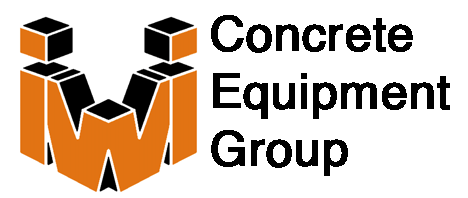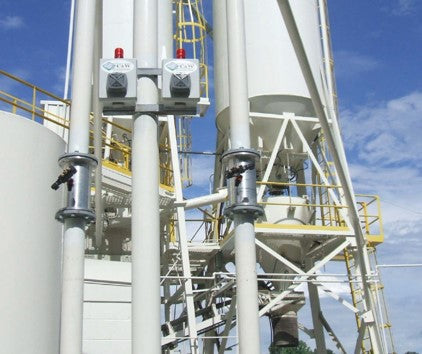Description
Maximize the storage life of your grains and commodities with our advanced Silo Saver Systems. Designed for efficiency and longevity. Connects to an existing high level bin indicator, warns and then cuts off the flow of materials when the silo is full. Includes pinch valve, control panel, audible/visible alarm and timer.
*Other options available

